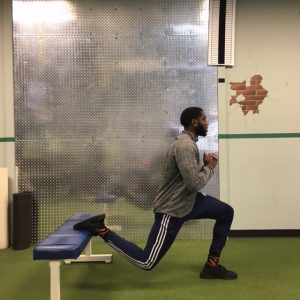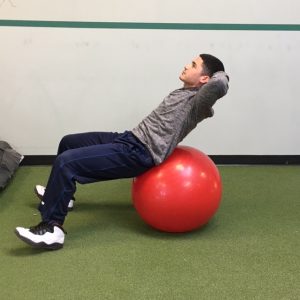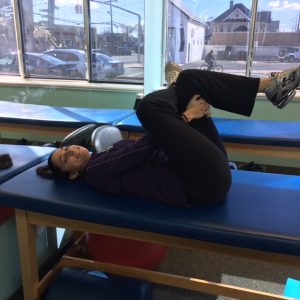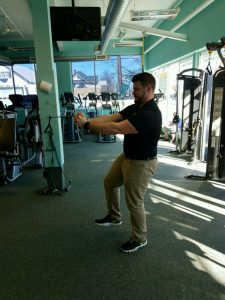After a long and cold winter, spring is finally here! It’s time to hang up those winter jackets in the back of the closet and break out the shorts and tank tops. With spring in full bloom, that means summer is fast approaching. You might want to spend some extra time cleaning out that closet and vacuuming when you realize just how many calories you can burn with spring cleaning!
New research shows that spring cleaning can burn over 3,500 calories when you clean for a total of approximately 16 hours. A 150 pound person can burn about 170 calories per hour doing light cleaning, such as dusting shelves or folding laundry. More vigorous cleaning activities, like scrubbing the floors, can burn up to 190 calories per hour. Cleaning can turn into a full body workout! Just by carrying loads of laundry up and down the stairs you are putting both your arms and legs to work.
| Vacuuming (1 hour) | 238 calories |
| Dusting (2 hours) | 340 calories |
| Walking up/down stairs (20 min) | 181 calories |
| Scrubbing the floor (1 hour) | 258 calories |
| Cleaning/repacking cabinets (4 hours) | 952 calories |
| Turning mattress/making bed (1 hour) | 136 calories |
| Moving furniture (2 hours) | 476 calories |
| Cleaning windows (3 hours) | 612 calories |
| Cleaning doors (1 hour) | 204 calories |
| Cleaning the bathroom (1 hour) | 258 calories |
| TOTAL: | 3,655 calories |
Just like everything else.. the harder you work, the more calories you will burn. Ultimately, the number of calories each person burns during housecleaning will vary by individual. The intensity, duration of the activity, and weight of the person will play a factor in the exact amount of calories burned. If you haven’t done your spring cleaning yet, keep track of how long you do each activity over the course of a few days and see just how many calories you burn!
By Brandon Ayala





